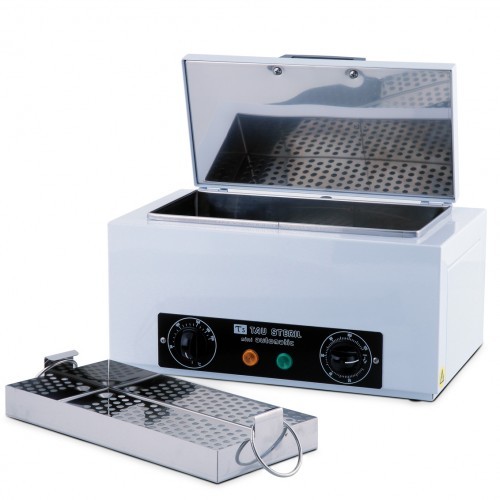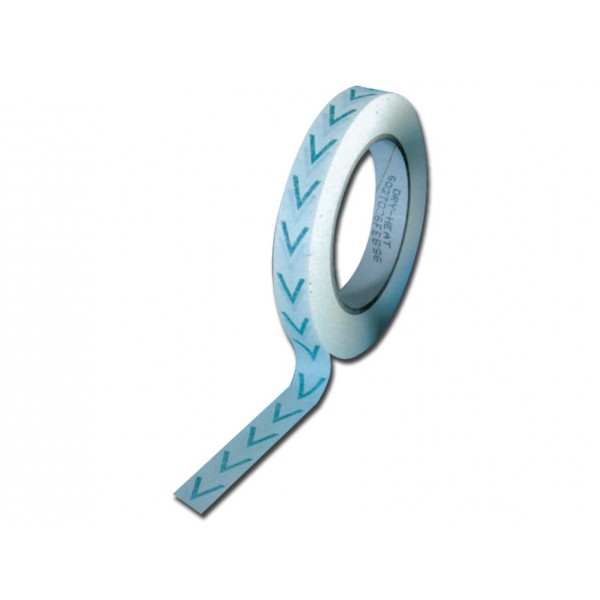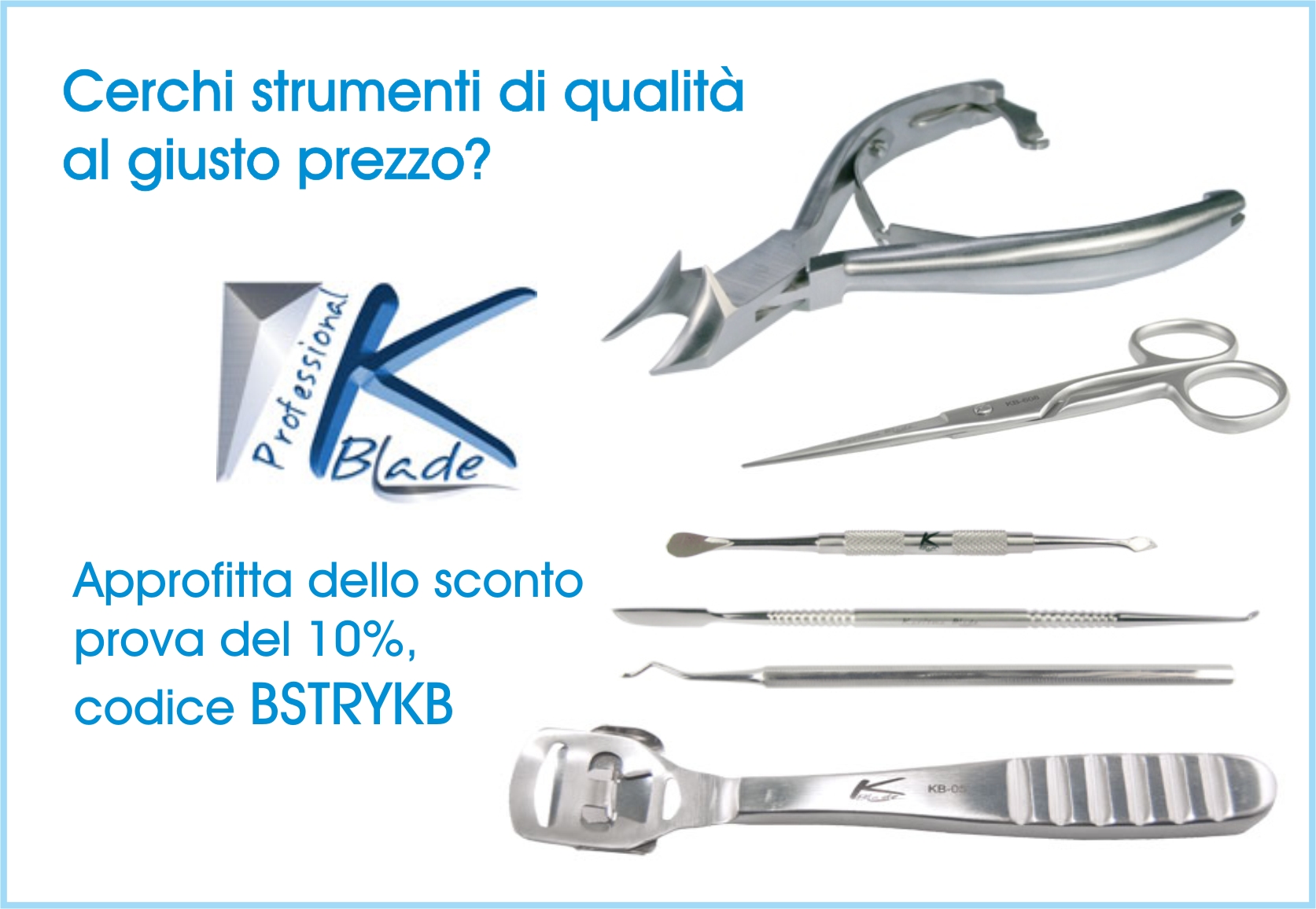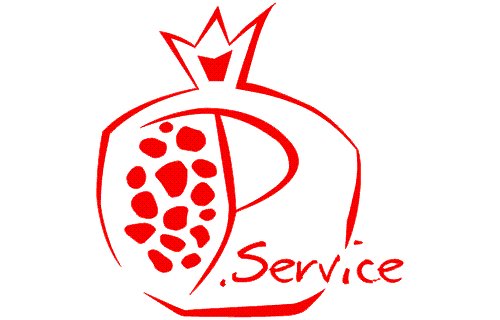- Igiene e sicurezza
- 1 likes
- 15821 views
The best way to kill microbes is through "heat", as it destroys their proteins and enzymes present in them. As already detailed in the post "The sterilization of instruments in an autoclave", when the sterilization process is performed with saturated steam, ie at high pressure through water (steam), it is called moist heat sterilization. Conversely, when performed at high temperatures in dry conditions, sterilization is referred to as "dry heat".  Although sterilization with saturated steam represents the method of choice for instruments, due to its practicality, cost-effectiveness, effectiveness and above all for its traceability, dry heat sterilization, discovered much earlier, remains an equally valid method for a large part of tools and sectors.
Although sterilization with saturated steam represents the method of choice for instruments, due to its practicality, cost-effectiveness, effectiveness and above all for its traceability, dry heat sterilization, discovered much earlier, remains an equally valid method for a large part of tools and sectors.
What is dry heat sterilization?
Dry heat sterilization is one of the oldest sterilization techniques used to sterilize glassware and other equipment. With this method, the air is heated to a high temperature so that the heat is absorbed by the area surrounding the instrument and consequently heats the instrument itself until it reaches sterilization. The process is sterilizing as, under these conditions, oxidation of the cellular components of any microbes present is caused, causing their death. The time can vary from 1 hour to 2 hours, and the temperature from 180 ° C to 200 ° C, depending on the type and quantity of the objects inserted. The temperature is higher than the moist heat sterilization process so there are materials that cannot be sterilized with this method in order not to undergo alterations and / or burns. Although this method takes longer than moist heat sterilization due to the absence of water, high energy is required to break the peptide bonds of proteins present in microbes.
The dry heat sterilizer
To carry out dry heat sterilization, an instrument similar to a small oven is used, called a dry heat sterilizer (or dry stove) or Pasteur oven. It is a rather light device, easy to install (it only needs a power socket), and its use is very simple. To practice dry heat sterilization, however, all the steps of the sterilization procedure must be respected, varying some of them with respect to the one with the autoclave. In this case, in fact, we will not be able to pack the instruments and the only method of traceability of the sterilization is the Indicator tape for dry heat sterilization. Sterility indicator tape
Advantages and disadvantages of dry heat sterilization compared to saturated steam sterilization
The main advantages of a dry heat sterilizer are undoubtedly economic, in fact the low cost, the simplicity of installation and maintenance are considerably lower than an autoclave. Also, as the instrument remains dry after sterilization, there is no chance of corrosion. The disadvantages of dry heat sterilization, on the other hand, can be defined as quantitative and safety. As already mentioned, dry heat sterilization can only sterilize tools and objects that withstand temperatures above 180 ° for prolonged times. In this way, almost all plastics, cotton, but also objects composed of metals that are "weaker" than stainless steel are excluded. It then takes longer to sterilize and exposure to higher temperatures can be harmful to the instrument. Also, as mentioned above, there are not many methods of certifying sterilization other than one type of tape sterilization indicator. stainless steel tools
What dry heat sterilization is not suitable for
 As previously mentioned, this type of sterilization cannot be applied to all types of objects. Excluding thermolabile materials, there are instruments that can hardly be properly sterilized with this method. Mainly we are talking about materials called: Porous bodies: Simple or compound materials that can absorb fluids (fabrics, gowns, gauze, dressings, etc ...) - Hollow bodies: Materials or devices with cavities, obstructions etc ... (cannulas, tubes, turbines, handpieces, devices with blind holes, etc.)
As previously mentioned, this type of sterilization cannot be applied to all types of objects. Excluding thermolabile materials, there are instruments that can hardly be properly sterilized with this method. Mainly we are talking about materials called: Porous bodies: Simple or compound materials that can absorb fluids (fabrics, gowns, gauze, dressings, etc ...) - Hollow bodies: Materials or devices with cavities, obstructions etc ... (cannulas, tubes, turbines, handpieces, devices with blind holes, etc.)














